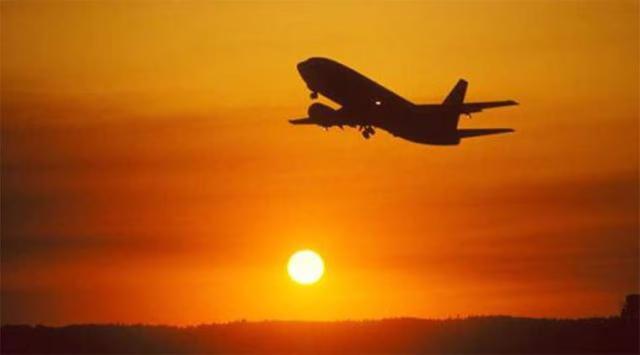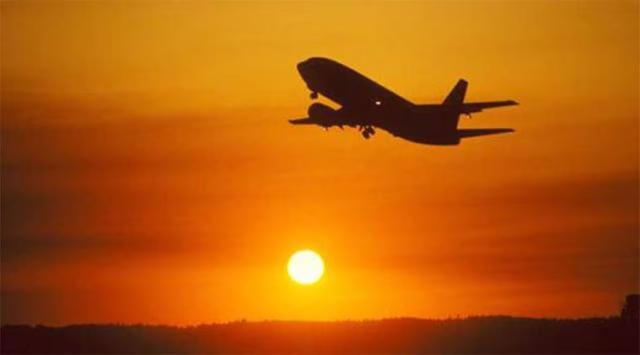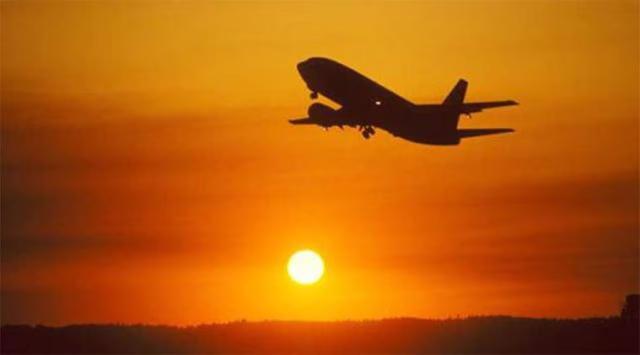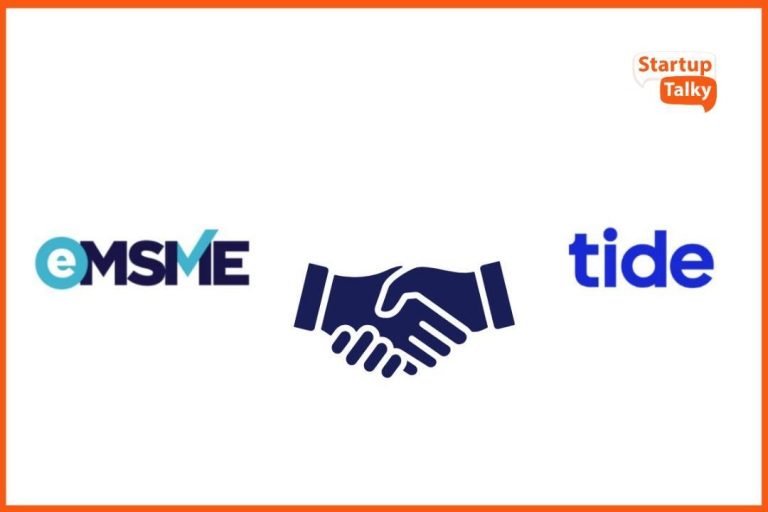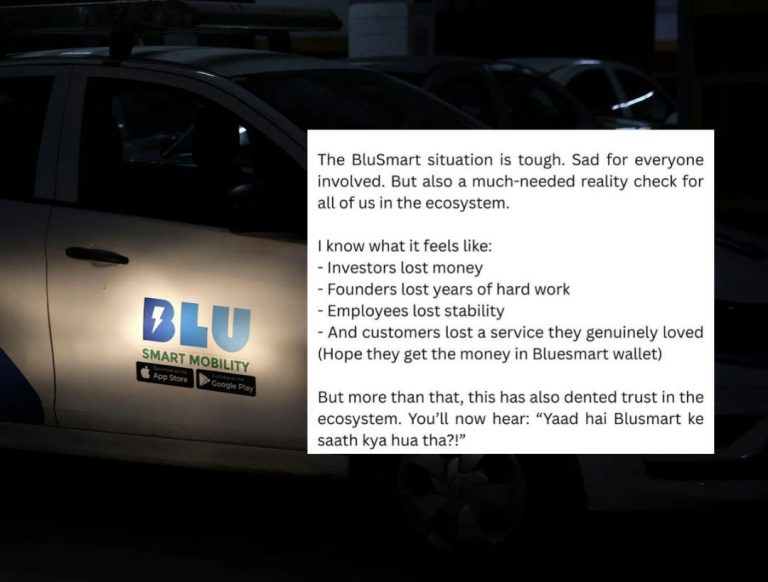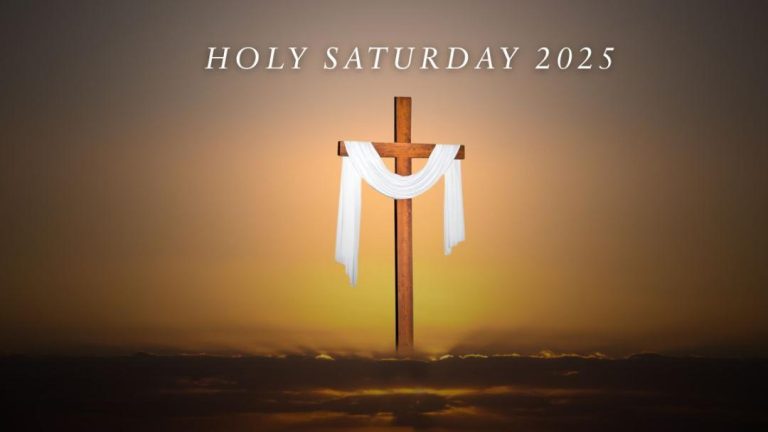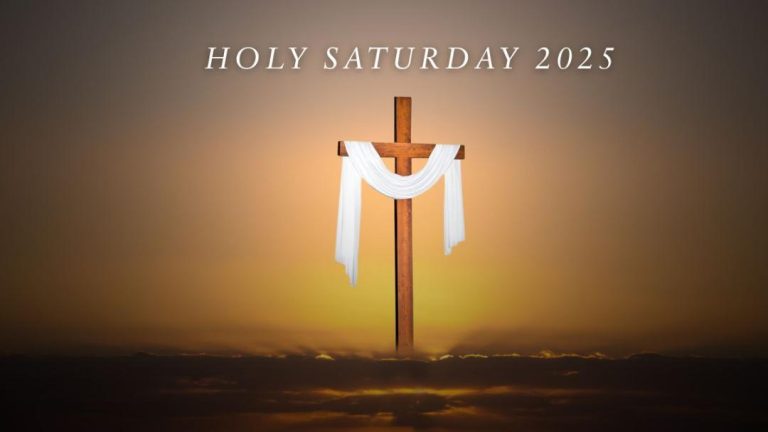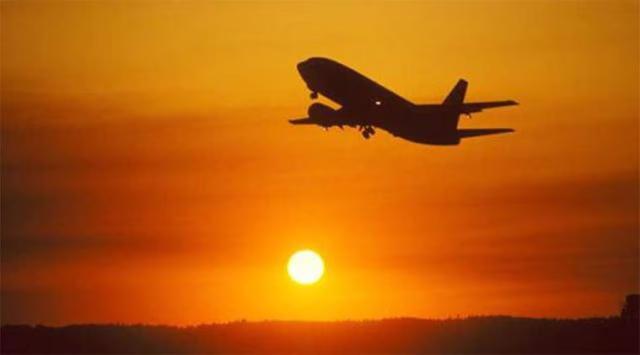
Class 12 Physics & Math Requirement for Becoming Commercial Pilot Might be Scrapped: Report
The Directorate General of Civil Aviation (DGCA) is planning to scrap the current rule that requires students to have studied Physics and Math in Class 12 to be eligible for commercial pilot licence training. This move has sent shockwaves among the aviation industry, with many experts and students alike wondering what this means for the future of commercial pilots in India.
For decades, commercial pilot training in India has been restricted to Science and Math students, with the assumption that these subjects provide a strong foundation for the complex calculations and problem-solving required in aviation. However, the DGCA is now considering relaxing this requirement, opening the door to students from non-Science streams, such as Arts and Commerce.
According to a report by Times of India, the DGCA is reviewing the eligibility criteria for commercial pilot licence training in response to the growing demand for pilots in the industry. The aviation sector has been facing a severe shortage of pilots, with estimates suggesting that India needs an additional 7,000 pilots to meet the demand by 2030.
The relaxation of the Physics and Math requirement could potentially increase the pool of eligible students, making it easier for the industry to meet its staffing needs. This move could also help to make commercial pilot training more accessible to students from diverse backgrounds, who may not have traditionally been considered for such roles.
However, not everyone is in favor of this proposal. Some experts argue that the Physics and Math requirement is essential for ensuring the safety and efficiency of commercial flights. They point out that pilots need to have a strong understanding of mathematical concepts, such as trigonometry and calculus, to navigate complex flight paths and calculate fuel consumption.
Others have raised concerns about the potential impact on the quality of pilot training. With students from non-Science streams entering the program, there may be a need for additional support and resources to help them catch up with their peers. This could add to the already significant costs of pilot training, which can range from ₹30 lakh to ₹1 crore (approximately $40,000 to $140,000) per student.
Despite these concerns, the DGCA remains committed to relaxing the Physics and Math requirement. According to sources, the regulator is planning to conduct a series of trials and assessments to determine the suitability of students from non-Science streams for commercial pilot training.
The aviation industry is also divided on the issue. Some airlines, such as IndiGo and SpiceJet, have expressed support for the proposal, arguing that it could help to increase the diversity of their pilot corps. Others, such as Air India and Jet Airways, are more cautious, citing concerns about the potential impact on safety and the quality of pilot training.
As the DGCA continues to review the eligibility criteria for commercial pilot licence training, one thing is clear: the industry is in dire need of pilots. With the global demand for air travel expected to continue growing, it is essential that the DGCA finds a solution that meets the needs of both the industry and the students.
In conclusion, the potential scrapping of the Physics and Math requirement for commercial pilot training is a move that has far-reaching implications for the aviation industry. While it may increase the pool of eligible students, it also raises concerns about the quality of pilot training and the potential impact on safety. As the DGCA continues to review the eligibility criteria, it is essential that all stakeholders work together to find a solution that benefits both the industry and the students.
